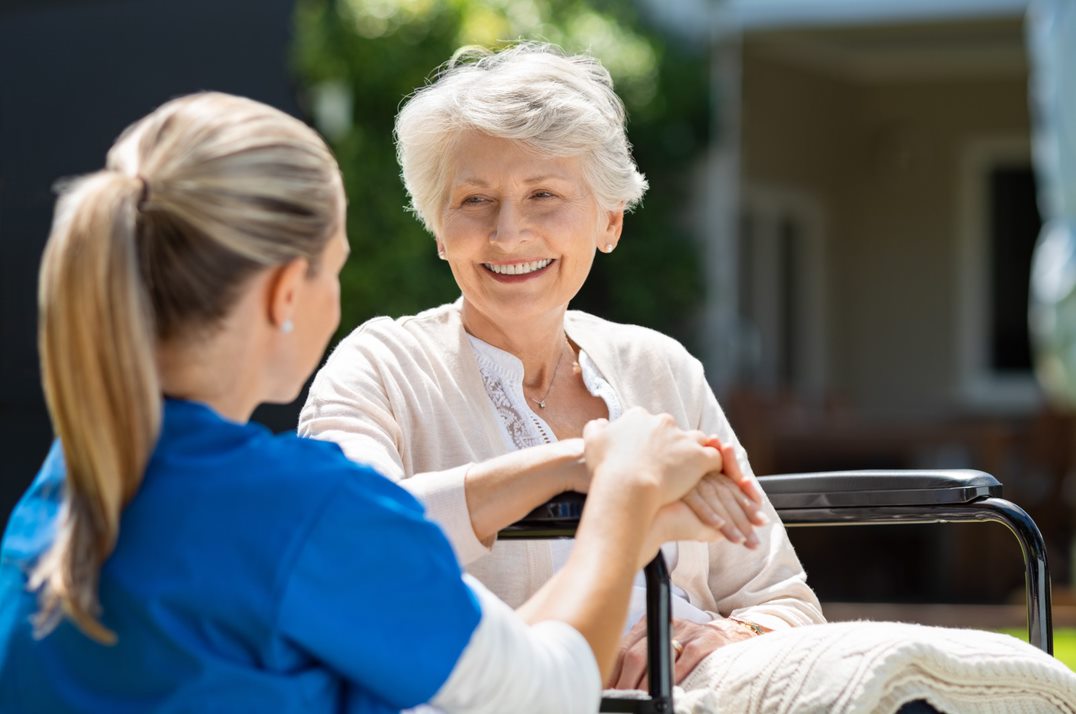Not known Incorrect Statements About Dementia Fall Risk
Table of Contents3 Simple Techniques For Dementia Fall RiskThe Best Strategy To Use For Dementia Fall RiskGet This Report on Dementia Fall RiskA Biased View of Dementia Fall Risk
A loss risk assessment checks to see just how likely it is that you will drop. The evaluation normally consists of: This includes a series of questions concerning your total health and wellness and if you have actually had previous drops or problems with balance, standing, and/or strolling.STEADI includes testing, examining, and treatment. Interventions are suggestions that might minimize your threat of dropping. STEADI includes three actions: you for your risk of succumbing to your risk aspects that can be improved to try to stop drops (as an example, balance troubles, damaged vision) to reduce your risk of falling by utilizing effective techniques (for instance, supplying education and sources), you may be asked a number of inquiries including: Have you dropped in the previous year? Do you feel unstable when standing or walking? Are you stressed regarding dropping?, your service provider will certainly check your toughness, equilibrium, and stride, using the complying with fall evaluation tools: This examination checks your stride.
If it takes you 12 seconds or more, it might mean you are at greater threat for a fall. This test checks toughness and equilibrium.
Relocate one foot midway onward, so the instep is touching the huge toe of your other foot. Relocate one foot fully in front of the various other, so the toes are touching the heel of your various other foot.
Rumored Buzz on Dementia Fall Risk
Many drops occur as an outcome of several adding factors; for that reason, taking care of the threat of falling begins with determining the elements that add to fall threat - Dementia Fall Risk. Several of one of the most appropriate danger elements consist of: History of prior fallsChronic clinical conditionsAcute illnessImpaired gait and equilibrium, lower extremity weaknessCognitive impairmentChanges in visionCertain risky medicines and polypharmacyEnvironmental variables can additionally increase the threat for falls, consisting of: Poor lightingUneven or damaged flooringWet or slippery floorsMissing or damaged handrails and order barsDamaged or incorrectly equipped tools, such as beds, mobility devices, or walkersImproper usage of assistive devicesInadequate supervision of the people staying in the NF, consisting of those who show hostile behaviorsA effective autumn risk monitoring program needs a thorough clinical assessment, with input from all participants of the interdisciplinary group

The treatment plan ought to additionally include treatments that are system-based, such as those that advertise a risk-free setting (ideal illumination, hand rails, get bars, etc). The performance of the interventions must be assessed periodically, and the treatment plan revised as essential to reflect adjustments in the autumn danger assessment. Applying a fall threat monitoring system utilizing evidence-based best technique can lower the occurrence of drops in the NF, while limiting the capacity for fall-related injuries.
Unknown Facts About Dementia Fall Risk
The AGS/BGS guideline recommends screening all grownups aged 65 years and older for fall danger every year. This screening consists of asking clients whether they have actually fallen 2 or more times in the previous year or sought medical interest for an autumn, or, if they have not dropped, whether they feel unsteady when walking.
Individuals that have dropped as soon as without injury ought to have their equilibrium and gait examined; those with gait or balance irregularities should receive added evaluation. A background of 1 loss without injury and without stride or equilibrium problems does not warrant additional assessment past ongoing annual fall threat screening. Dementia Fall Risk. A fall danger evaluation great post to read is required as component of the Welcome to Medicare assessment
.png)
Dementia Fall Risk for Beginners
Documenting a falls history is one of the quality indications for loss avoidance and administration. An essential component of risk analysis is a medication testimonial. Several classes of drugs boost loss threat (Table 2). Psychoactive medications particularly are independent forecasters of falls. These medications tend to be sedating, modify the sensorium, and hinder balance and stride.
Postural hypotension can usually be eased by lowering the dosage of blood pressurelowering medications and/or stopping medicines that have orthostatic hypotension as a side impact. Use above-the-knee assistance hose and copulating the head of the bed elevated might likewise reduce postural reductions in high blood pressure. The suggested elements of a fall-focused health examination are shown in Box 1.

A yank time higher than or equal to 12 secs suggests high loss danger. The 30-Second Chair Stand examination examines reduced extremity stamina this content and balance. Being not able to stand from a chair of knee elevation without making use of one's arms suggests boosted autumn danger. The 4-Stage Balance examination examines static equilibrium by websites having the client stand in 4 positions, each progressively a lot more tough.